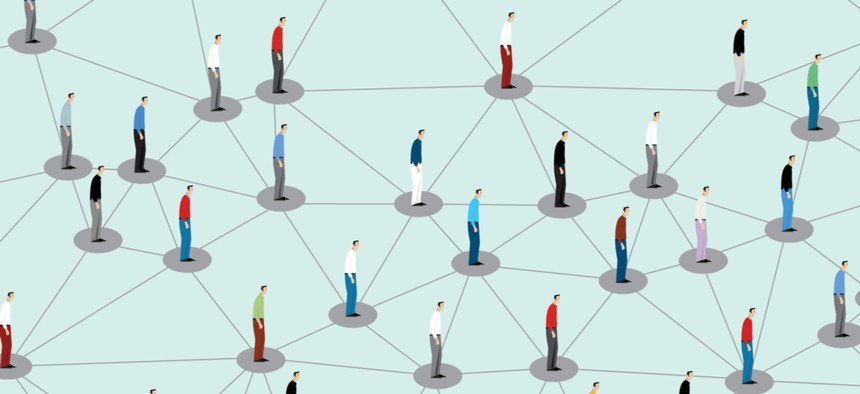New App Uses QR Codes to Trace Coronavirus Exposure

bob boz/Shutterstock.com
A free, open-source smartphone app permits contact tracing for potential coronavirus infections while preserving privacy.
On Tuesday, California Governor Gavin Newsom suggested that reopening the state’s economy will require six steps, the first of which involves “tracing and tracking individuals” in order to identify those who need to remain in isolation.
TrackCOVID could be instrumental in this effort. The project appears in a paper published recently in JMIR mHealth and uHealth.
“Contact tracing is the process of tracking down and isolating people who may have been exposed to an infectious disease after someone has tested positive,” says lead author Tyler Yasaka, a software engineer and junior specialist in otolaryngology at the University of California, Irvine School of Medicine. “This process has traditionally been slow and inefficient, and current technology-based solutions have privacy concerns because they require continuous tracking of everyone’s location.”
TrackCOVID works in a different way, he says, by creating an anonymous graph of interactions. Every time a person gathers with others or goes to a public place, they can use the app to log contacts by either hosting or joining a checkpoint, which allows possible paths of virus transmission to be discovered. The first person to register as a checkpoint host is given a Quick Response code; others subsequently join the checkpoint by scanning this QR code.
As people congregate with others over time, their interactions are linked to each other anonymously. Anyone who tests positive for COVID-19 can report it through the app without revealing their identity. Using the graph of interactions, the app will notify users who may be at elevated risk of exposure.
“We built a simplified simulation model that showed the app is more effective—that it flattens the curve of infections—when more people use it,” says coauthor Ronald Sahyouni, a biomedical engineer in UC Irvine’s joint MD/PhD Medical Scientist Training Program and an incoming neurosurgery resident at UC San Diego.
Endorsement by local, state, and national government entities would be beneficial—as would enlisting the help of grocery stores and other “essential” gathering places—says coauthor Brandon Lehrich.
The establishments could post signs displaying their QR code, which visitors could scan with their smartphones. TrackCOVID would open automatically in their device browsers, and they’d be anonymously checked into that specific location.
“If the customer happens to be at an elevated risk level, they’ll see an alert on their screen,” Lehrich says. “If enough public places are doing this, then a lot of contact tracing will happen without any users making a conscious effort other than scanning a QR code when they go shopping. From there, I think people will start to see the value of the app and begin using it to create checkpoints for their private interactions as well.”
Yasaka adds, “We hope our app goes viral before too many more people come in contact with the more dangerous virus.”
This article was originally published in Futurity. It has been republished under the Attribution 4.0 International license.





